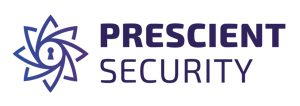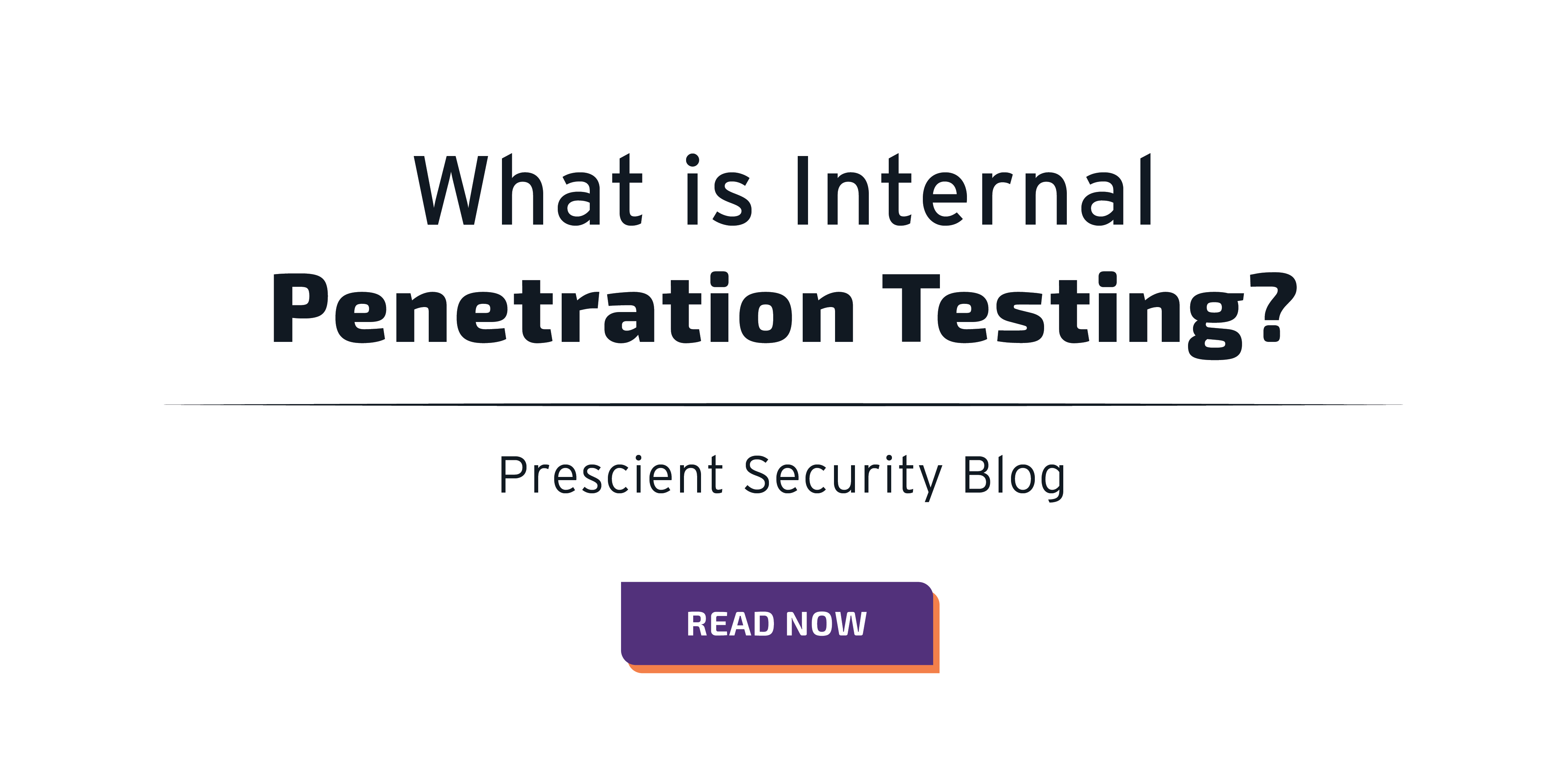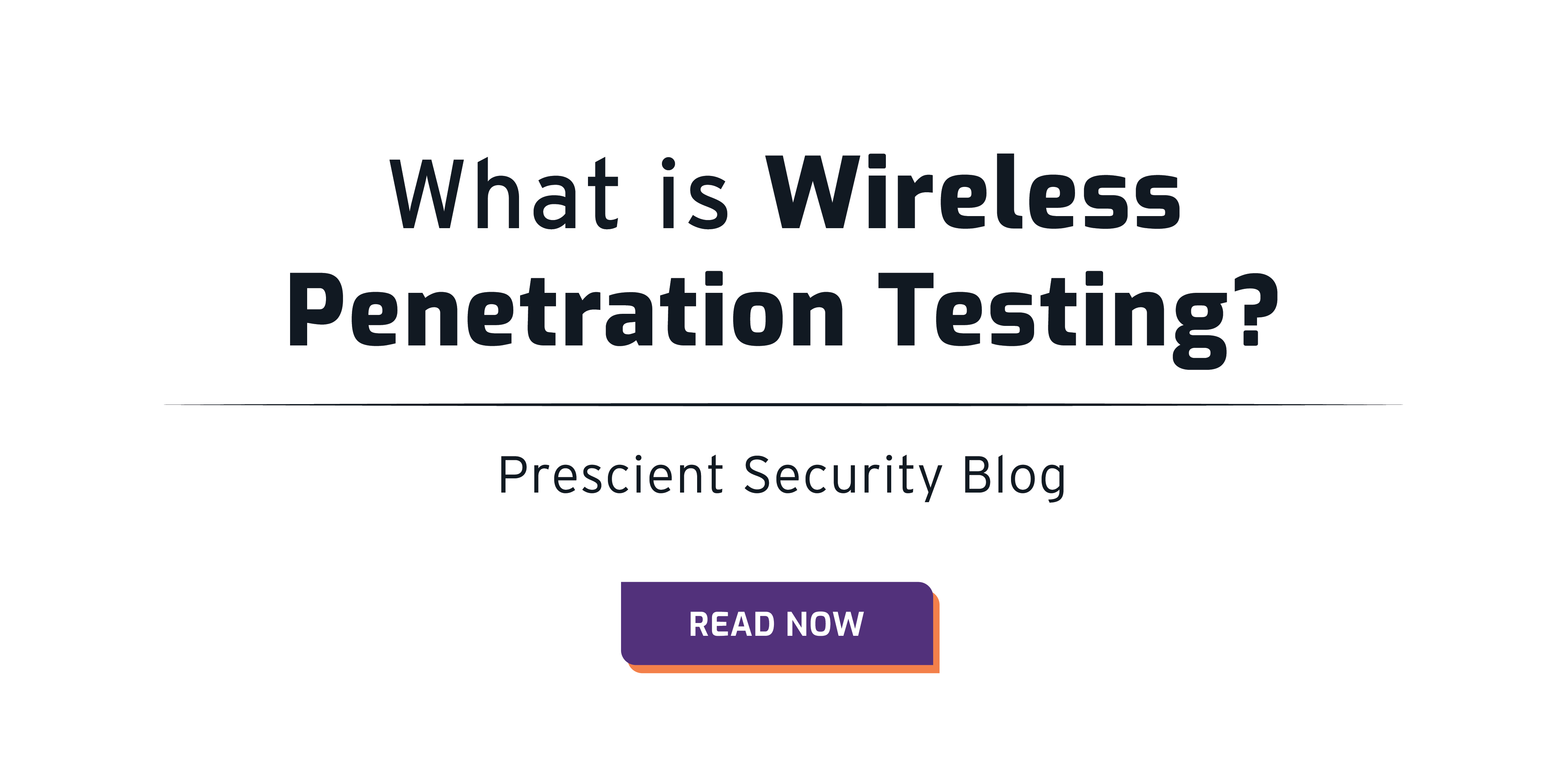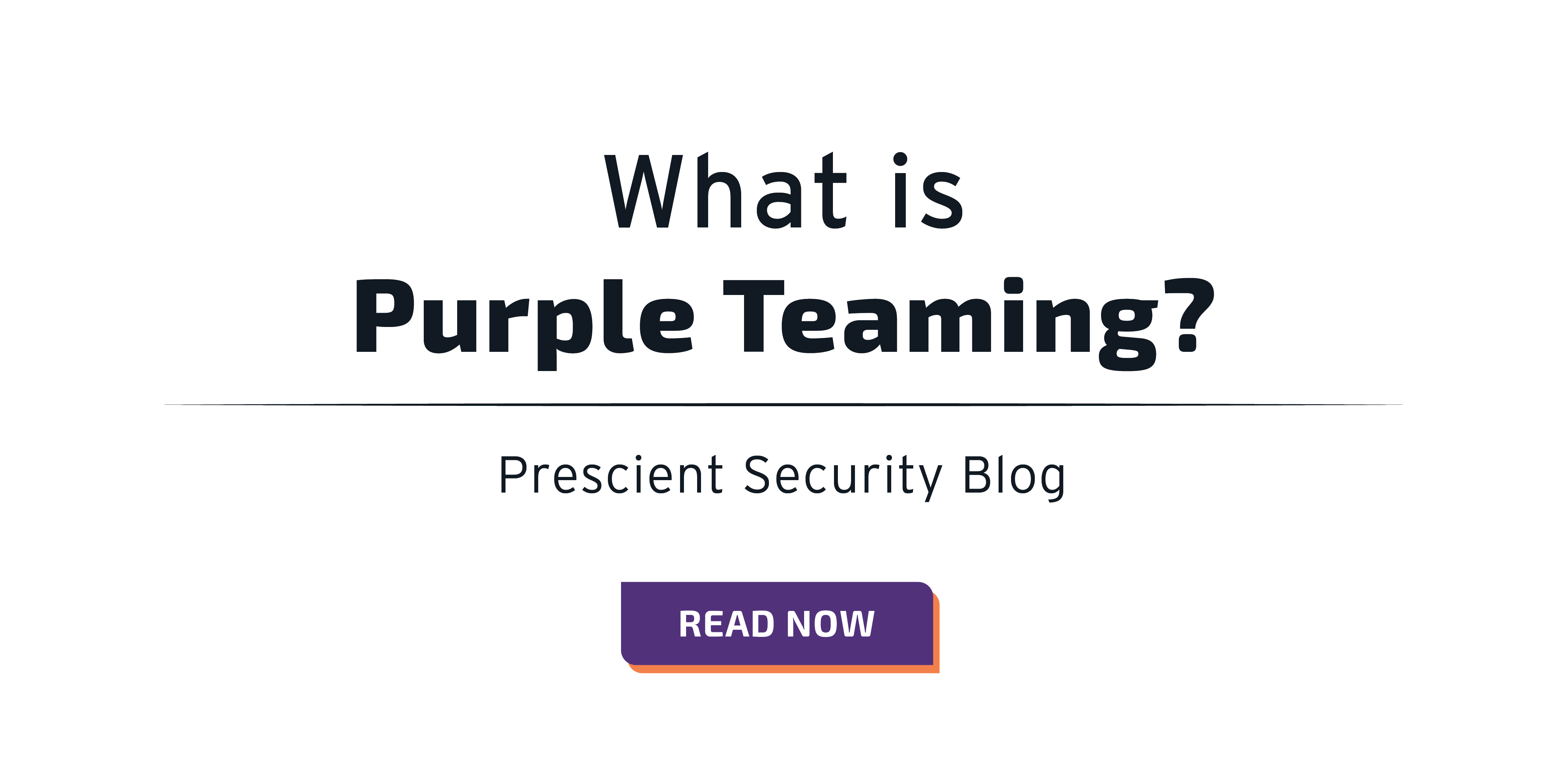What is Cloud Penetration Testing?
 Gabriela Silk
·
5 minute read
Gabriela Silk
·
5 minute read
A security assessment that simulates cyber attacks on an organization's cloud infrastructure and applications to uncover vulnerabilities before malicious actors exploit them, cloud penetration testing focuses on the customer's responsibilities within the shared responsibility model of cloud security, testing elements like misconfigured services, weak access controls, insecure data storage, and vulnerable API endpoints. This enables organizations to understand their specific cloud security posture and ensure the effectiveness of their security controls on platforms like AWS, Azure, and GCP.
Keep reading to understand the variables unique to cloud penetration testing, their advantages, and how organizations can perform and leverage a cloud penetration test for a maximized and comprehensive cloud security stance.
Contents
- How Does Cloud Penetration Testing Differ from Standard Penetration Testing?
- What is the Purpose of Cloud Penetration Testing?
- What Are the Benefits of Cloud Penetration Testing?
- Cloud Penetration Testing and the Shared Responsibility Model
- Types and Methods of Cloud Penetration Testing
- Cloud Penetration Testing Scope
- The Stages of Cloud Penetration Testing
- Cloud Security Testing Methodologies
- The Most Common Cloud Security Threats Cloud Security Pen Testing Can Help
- Cloud Penetration Testing Best Practices
- Cloud Penetration Testing and Prescient Security
How Does Cloud Penetration Testing Differ from Standard Penetration Testing?
Traditional penetration testing is focused on on-premise infrastructure such as servers and networks. Cloud penetration testing, on the other hand, identifies and tests vulnerabilities in cloud-hosted environments. With the testing ground being so different, the methodology has to shift as well.
Cloud penetration testing won’t have as wide a scope as traditional approaches. There are limitations in place from the cloud providers, and as such, the control of the test is also be more limited. A traditional pen test falls under the complete control of the organization that runs the systems and hardware under assessment. Cloud pen tests operate under a Shared Responsibility Model in which control is split between the cloud provider and customer.
What is the Purpose of Cloud Penetration Testing?
The core purpose of cloud penetration testing is to use a simulated cyber-attack to find and expose weak points in cloud-based systems, configurations, and applications so that those areas can be addressed and strengthened. This is also underpinned by a commitment to security validation and bringing cloud operations in line with compliance requirements.
The intention of these tests is to make cloud activity safer. Remediation and a path forward are as important to the process as the initial testing and exploitation.
What Are the Benefits of Cloud Penetration Testing?
Here’s a quick overview of the differences and similarities of these two types of security testing:
Cloud penetration testing improves the overall security position of an organization that uses the cloud. Here’s a closer look at why that is, and what the added benefits are:
- Misconfigured cloud settings and other potential vulnerabilities are flagged and fixed early before they’re exploited by hackers.
- It makes it easier to keep up with cloud changes and assess whether an organization’s security is still in line with the cloud infrastructure it’s using, and vice versa.
- Too many assume that the job of checking cloud protections is all on the provider. The shared responsibility model dictates otherwise. Cloud pen testing honors the responsibilities of the cloud user by checking that their data, etc., is secure.
- By simulating real-world attacks, cloud penetration tests reveal actionable insights based on plausible threats.
- The above then makes it easier to build practical response plans and test the efficacy of existing ones.
- Cloud security checks help demonstrate compliance.
- Testing improves overall security and reduces risk. It not only shows where the weak points are but how best to fix them so that organizations are less exposed to data breaches and other threats.
Cloud Penetration Testing and the Shared Responsibility Model
As mentioned, cloud penetration testing usually takes place under the shared responsibility model. There are some components that the provider will always retain control over, and thus, cloud users won’t be able to test. Other aspects do fall within the scope of the customer, and in fact is often their responsibility to test. The service level agreement (SLA) will outline these parameters, as well as how frequently pen testing can occur.
The general rule of thumb is that the cloud customer can test the security in the cloud, but not the security of the cloud infrastructure itself. Making sure that both the provider and customer hold up their ends of the responsibility model is vital for keeping these platforms safe.
-
 Hover message
Hover message
Types and Methods of Cloud Penetration Testing
Cloud penetration testing methods are often distinguished by how much prior knowledge the ethical hacking team enters the test with. Here’s a breakdown:
- Black Box Penetration Testing: The attack simulation is performed by people who have had no prior access or knowledge of the cloud system they’re testing. They come in as complete outsiders.
- Grey Box Penetration Testing: The testers have some knowledge and access privileges. The intention is that this simulates an attack that comes from someone possibly within the organization or at least familiar with it.
- White Box Penetration Testing: The testers have admin access to the cloud system and simulate what an attack would look like from an employee or other figures within an organization.
Cloud Penetration Testing Scope
There are usually five key areas that cloud penetration tests will cover:
- The cloud perimeter
- Internal cloud environments
- Development infrastructure
- On-premise cloud management
- Cloud administration
Covering all these bases ensures the thoroughness of the test and better security by the end of the process.
The Stages of Cloud Penetration Testing
Cloud penetration tests generally follow the same structure:
Stage One: Evaluation
The testing experts will assess an organization’s cloud security needs, their risks, cloud SLAs, and what most needs attention in a pen test. This ensures that the test is shaped to suit the organization at hand.
Stage Two: Exploitation
The above information is combined with relevant methodologies to formulate a cloud penetration test that exploits potential vulnerabilities and assesses how well an organization’s systems hold up. Testers will monitor how quickly threats are identified, the efficacy of response plans, and the overall state of cloud security.
Stage Three: Remediation Verification
Testers will review the test and its outcomes, recommend updates to patch security issues, and then perform a follow-up assessment to ensure that remediation has done the intended job of securing the cloud system.
Cloud Security Testing Methologies
Here are the key methodologies that cloud penetration tests tend to use:
- OSSTMM (Open Source Security Testing Methodology Manual): This measures the operational security and data controls of a cloud system. More specifically, it will assess social engineering issues, physical access controls, and fraud risk.
- OWASP (Open Web Application Security Project): The focus of this methodology is cloud-native risks such as insecure identities, misconfigurations, and overly permissive IAM.
- NIST (National Institute of Standards and Technology): Though a more generalized methodology, it can be tailored to cloud environments. It’s generally used for NIST compliance or government settings.
- PTES (Penetration Testing Execution Standard): This is another penetration test methodology that can be adapted for the cloud to look at issues such as cloud-specific privilege escalation, metadata harvesting, etc.
The Most Common Cloud Security Threats Cloud Security Pen Testing Can Help
The most common threat cloud penetration tests can address and improve are:
- Misconfigurations that would otherwise leave cloud systems vulnerable to attacks.
- Data breaches, especially as they relate to data storage on the cloud.
- Malware and ransomware, and how exposed cloud systems are to these vulnerabilities.
- Advanced Persistent Threats (APTs).
- Supply chain compromises, such as how cloud security issues might be putting supply chains at risk.
- Insider threats in the form of poorly managed cybersecurity but also what an insider threat would be able to accomplish if they performed an attack.
- Weak identities and credentials.
- Weak access management when it comes to passwords, etc.
- Insecure interfaces and APIS.
- Inappropriate use or abuse of cloud services that extend past agreed protocols and may be exposing the system to security issues.
- Shared Services and technology concerns between cloud providers and customers. Cloud pen tests can bring everyone onto the same page.
Cloud Penetration Testing Best Practices
Finding hidden threats and bolstering cloud security only happens if penetration tests are performed properly. Here’s how to make sure that happens:
- Work with an experienced cloud penetration testing team that understands how to work within cloud provider limitations and expose cloud-specific issues.
- Have a thorough understanding of any CSP service level agreements or “Rules of Engagement” so that tests fulfill security responsibilities without going too far.
- Define the scope of your cloud and how it fits into your organization’s operations.
- Determine the type of testing your organization needs, in terms of methodology or whether black, grey, or white box testing is most relevant.
- Codify expectations and timelines for both your internal security team and an external testing team.
- Establish a protocol for the simulated attack and how far a breach is allowed to go before it risks threatening security or privacy.
Cloud Penetration Testing and Prescient Security
Prescient Security is a renowned leader in multi-framework compliance auditing, security assessments, and penetration testing, eliminating compliance gaps and enabling a fortified security stance for organizations. Our Penetration Testing services rigorously challenge the security measures of an organization, uncovering hidden vulnerabilities and strengthening digital assets with comprehensive coverage.
Click here to learn how your organization can leverage cloud penetration testing to maximize and fortify its cloud security posture.



